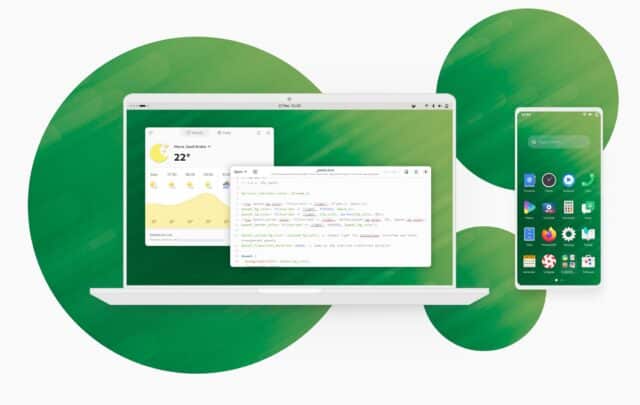Linux-based postmarketOS v24.06 supports over 250 devices, taking on Google’s Android and Apple’s iOS

postmarketOS v24.06 is now available, targeting Linux enthusiasts who seek more control and flexibility on their devices. This release brings stability improvements and automated testing, though it may not yet match the polish of ChromeOS, Android, or iOS.
The appeal of running Linux on personal devices lies in the freedom it offers. postmarketOS does not require account setups, does not push cloud storage, avoids pre-installed bloatware, and does not follow privacy-invasive AI trends. Instead, it focuses on free software, user control, and extending device usability beyond the original vendor's support.
This release includes many device ports previously accessible only in the bleeding-edge version, now available in the stable release. While some devices may only boot Linux, they offer unique use cases, such as running a web server on an old phone powered by a portable solar charger.

The software stack of postmarketOS v24.06 is based on Alpine Linux 3.20, and it features updated user interfaces. GNOME Shell on Mobile 46_git20240610 includes features like triggering the keyboard with a double-tap on the bottom bar and a new scheduling manager for smoother UI. KDE Plasma Mobile 6.0.5 brings improvements like a customizable homescreen, app drawer, search functionality, and a new welcome screen for initial setup.
Phosh 0.39 adds app overview folders, better notch handling, quick settings for Wi-Fi networks, and on-screen keyboard access via long press. Sxmo 1.16.3 improves suspension control and device configurations for Nokia N900, Xiaomi Redmi Note 4, and PineTab 2.
There are several notable changes in this release. All user interfaces now feature the Meadow wallpaper. Chromebooks get new keyboard mappings, and the Samsung Chromebook now has GPU acceleration. Users can choose to install interfaces like cage (Kiosk compositor) and moonlight (Nvidia GameStream client). logbookd is the new default logger, providing an interface similar to journalctl for accessing logs. The initramfs now supports USB network boot and a stowaway rootfs, among other fixes.



MSM8953 devices see improvements in modem functionality and GPS. Non-free firmware is now installed by default, and osk-sdl has been replaced with unl0kr. PulseAudio is no longer a hard dependency in user interface packages, allowing for experiments with PipeWire. Numerous kernel upgrades, improvements, and bug fixes have been implemented across all devices.
The number of devices in the main and community categories has increased to 50, including new ports like Generic x86_64 and Nvidia Tegra armv7. Notable devices now supported include the Lenovo ThinkPad X13s and Microsoft Surface RT, expanding the versatility of postmarketOS.
For the first time, devices from the "testing" category are included in a stable release, adding 211 devices with varying levels of functionality. This enables the use of an up-to-date Linux distribution on older hardware.
Despite extensive testing, some issues remain. Notable ones include SSH connectivity issues on PinePhone, Wi-Fi connection problems on Fairphone 4, and headphone recognition issues on OnePlus 6. Users encountering these problems are encouraged to contribute to resolving them.
postmarketOS v24.06 highlights the potential of community-driven development in expanding Linux support to a diverse array of devices. You can download it here now.